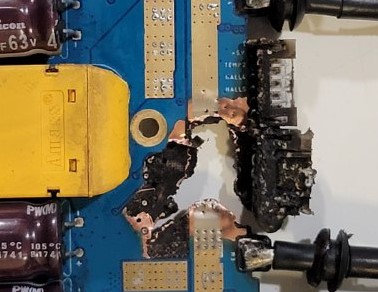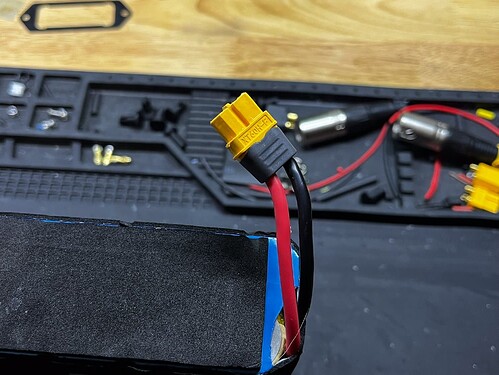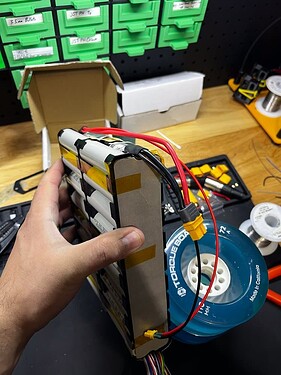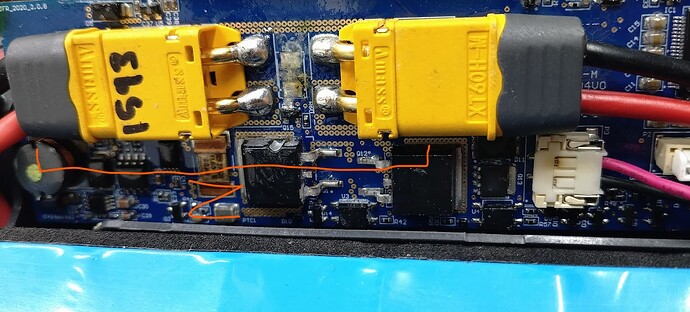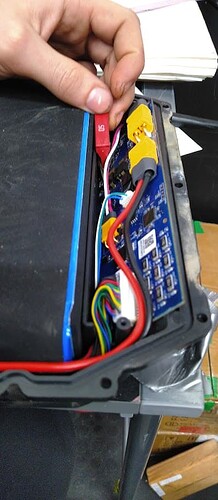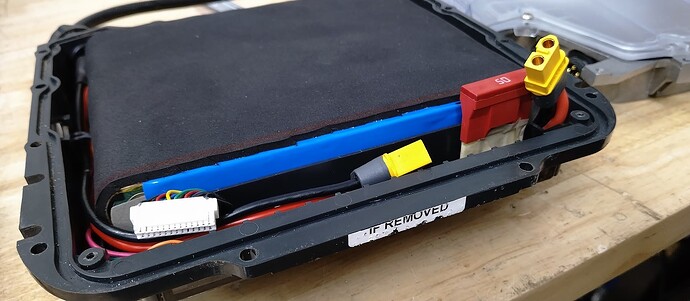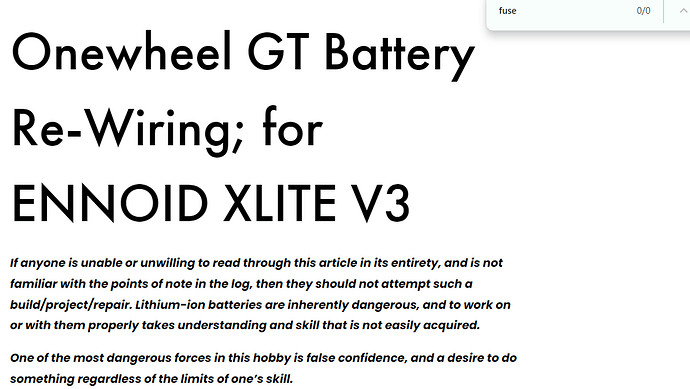Unless you use a charge/discharge BMS you will need to add fuses:
- between the battery and the VESC
- between the charge port and the battery
1) Discharge Fuse
The recommended rating is 40-50A, no more than that. Yes - even if you got a 90A battery. But also if you have a Pint. There's no good reason to adjust the Fuse to your individual build.
Here’s one that has the right specs for our use:
Digikey ANX80-UL-50A
or even better, this is what I’ve used in several builds:
Digikey 40A Ceramic Thru Hole
and Digikey 50A Ceramic Thru Hole
This one looks good, too - rated for 40A and 150V
0324040.MXP Littelfuse Inc. | Circuit Protection | DigiKey
You can use a fuse holder if you got tons of extra space to spare or just solder straight onto the fuse and heat shrink it. The idea is that if the fuse blows you got much bigger problems anyway, so replacing and resoldering the fuse will be the least time consuming part of your repair job…
Can we just use a regular automotive fuse?
Most likely yes, many of us do, but technically we are exceeding the voltage rating for those fuses.
What about high-voltage builds?
the general rule is, the higher the battery voltage, the lower the average battery currents will be. So as you go up in battery voltage your battery currents will decrease. In other words, especially 30s and 32s builds don’t need more than a 40A fuse…
2) Charger fuse
Here a rating of 10A should be sufficient, but again we should ideally use something rated for 80V+
Here’s an example of a suitable one: Digikey 10A thru hole fast acting (LittleFuse Pico)
Or: Amazon 15A Fast Blow
Another 10A Fast Blow: Littelfuse - (newark.com)
Why do we need fuses?
You could ride fine without one your whole life, a fuse is kinda like an insurance policy or a lightning rod in your home. You won't notice that it's missing until something catastrophic happens...For discharge: The most likely (albeit far fetched) failure scenario is that something in your VESC breaks in such a way that it shorts plus and minus at the input. A fuse will protect your battery, without a fuse your battery could catch on fire…
For charge: If you have a BMS then the BMS will cover the fuse functionality. If you don’t then the charger fuse will protect your battery if your charger melts down and shorts plus and minus. Not sure how common such a scenario is in the real world…
